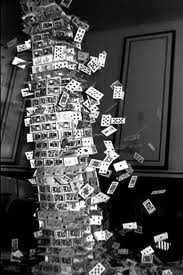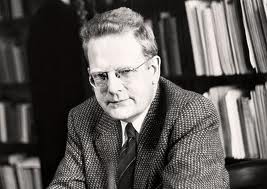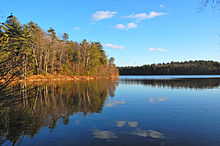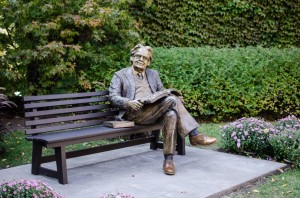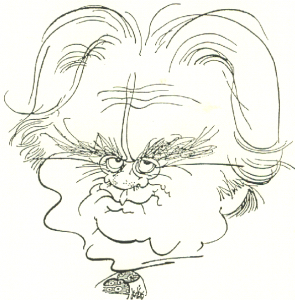Trevor Losh-Johnson, one of our regular contributors, has recently published an original hybrid book of lyric poetry and prose. It is a brilliant piece of writing, with many remarkable high points and outstanding passages. In an email Trevor described it to me this way:
In Cabazon is a gothic pastoral spun out of a setting that by any exercise of rationale should be fictional. Cabazon, a dusty hamlet in California, is home to the world’s only creationist museum to be housed in the bowels of a dinosaur. A fusion of verse and prose, the narrative roves through the suburban sprawl of Southern California and into the heart of Western wastelands. In Cabazon is of and for Californian deserts.
By gothic pastoral, I mean a nightmarish story split formally between two poles, the lyric and the narrative. Each relates to the other. The lyric side starts with an invocation to build a church in a boundless, chaotic desert, to delimit sacred space. It then transitions into a journey through a museum, in which the attempt at building a space like a cathedral to contain all creation has changed into an attempt to record and preserve the things that have been lost to time. The narrative side follows a man’s search for his lost wife, and makes a similar transition into loss, but with a twist. It is a very hallucinogenic piece of writing, extremely ironic and revelatory at the same time, ambitious, doomed to failure, entirely in keeping with the spirit of a desert city with concrete dinosaurs espousing creationist ideology.
The book was edited and published by Jeffrey Douglas, a PhD candidate here at McMaster, and a brilliant young writer himself. All content is copyrighted by BlankSpace Publications, 2012. For more on the book and BlankSpace Publications, go here, here, and here.
Here is a sampler:
29.i.
At the Cabazon museum a single room
Contained two antechambers, sun and moon
And I took the latter through a purple veil
Silent and dim the chamber led past a mural
As on a cave’s wall down unintended steps
A plesiosaur suspended in the deep
Caught a darting fish with needleteeth
And past the mural encased upon the wall
A fossilfrieze of curled bones in rock
As boulders pebble the surface of shallow lakes
And diagrammed beside the osseous heap
A map depicting how the mother lay
And where to note the bones in the uterine wall
Beside that broken eggs or stomach stones
30.iii.
In the oilhot temple smells of olive and cedar
Climb along the columns to erect
The prehistoric past with carved dinonecks
Inhabited of old Titans, serpentine and follicular
Those cornices seethed and the room suffused with green
And while the herd milled like scattered palms
A pack, bipedal carnivores, lurked and surveyed
At once took casually the nearest calf
And exerted after others but the mothers
Trampled many—one both dazed and hurt
Pressed its snout to its partner’s neck and found
Gashes and spongiform tissue—ponderously
Their knees sank beneath buckling weights to the mud
And let the carcasses rot in the fetid place

